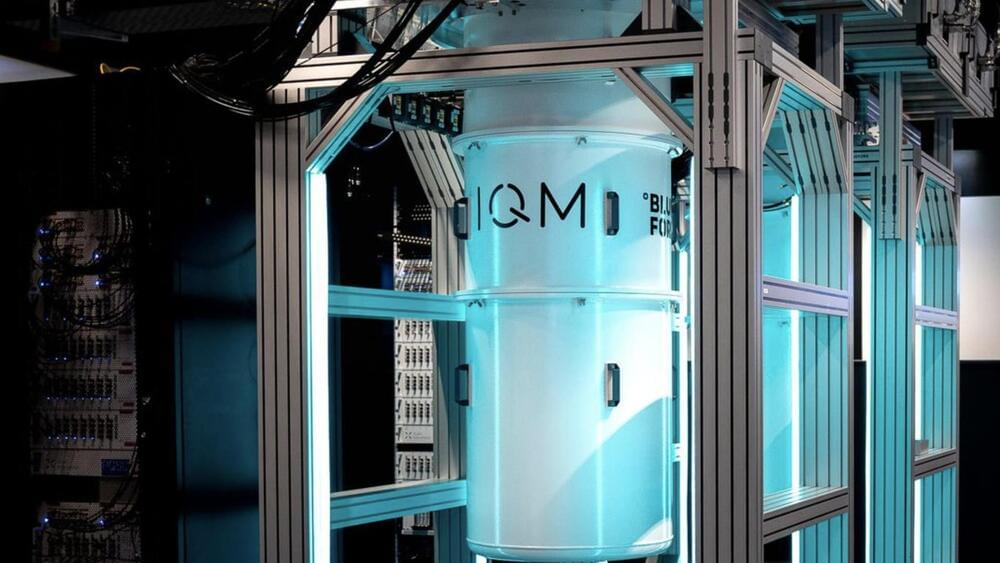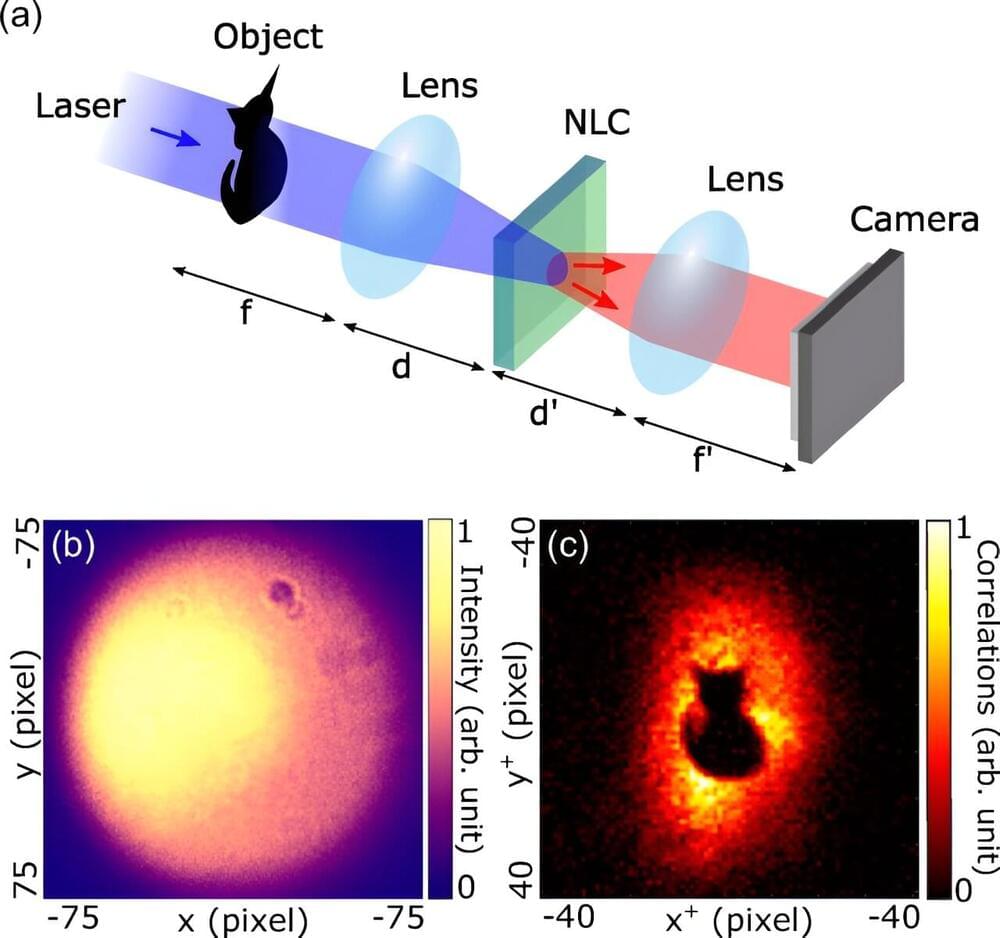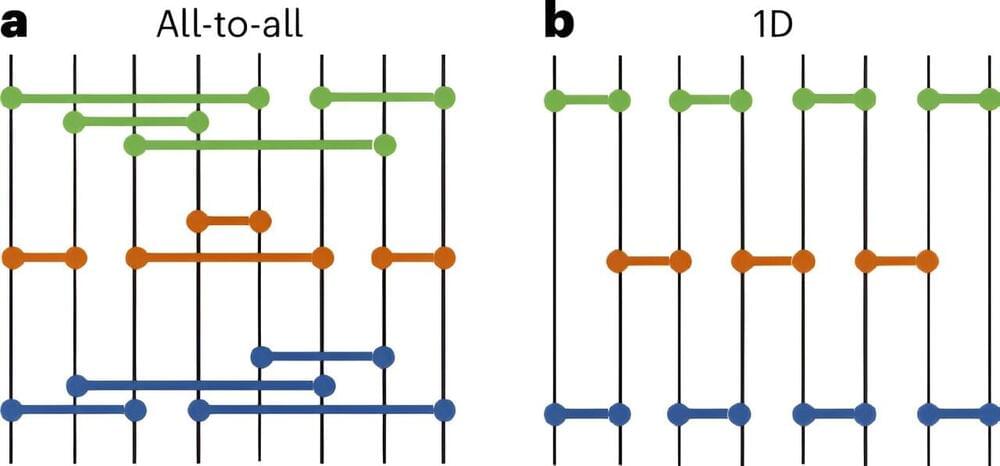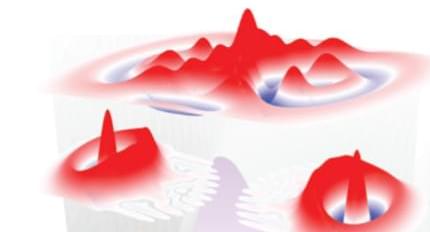The achievement marks a way toward “fault-tolerant” quantum computing as it achieved record-low error rates in prototype quantum computer. It’s also expected to lead to the development of more stable quantum computers.
IQM maintains that qubit relaxation time T1 of 0.964 +- 0.092 milliseconds and dephasing time T2 echo of 1.155 +- 0.188 milliseconds was demonstrated on a planar transmon qubit on a silicon chip fabricated in IQM´s own fabrication facilities.
The coherence times, characterized by the relaxation time T1 and the dephasing time T2 echo, are among the key metrics for assessing the performance of a single qubit, as they indicate how long quantum information can be stored in a physical qubit, according to the company.








